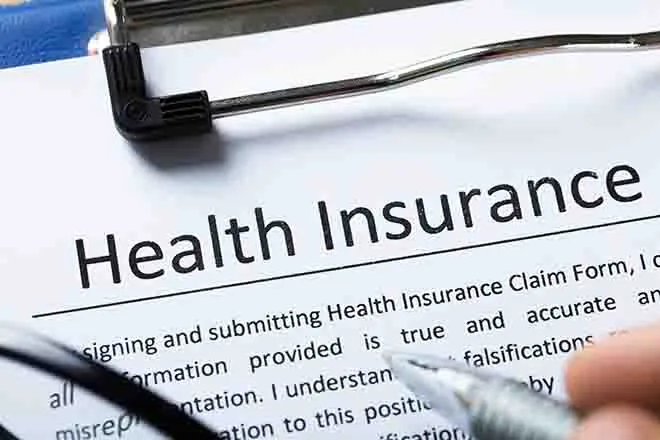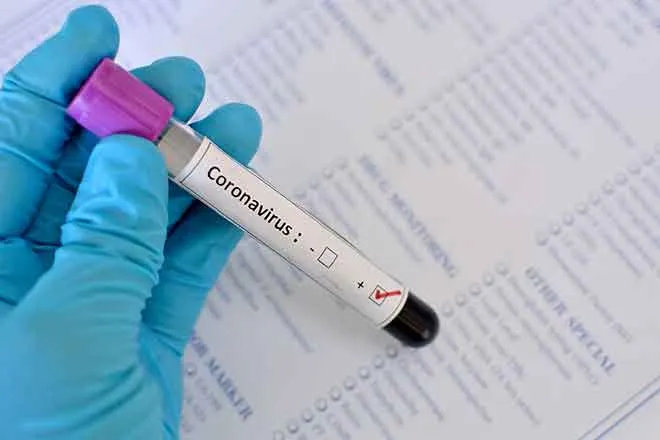
Spotting Elder Abuse - Tips for Long-Distance Caregivers
From a distance, it can be hard to assess the quality of your family member’s caregivers. Ideally, if there is a primary caregiver on the scene, he or she can keep tabs on how things are going.
Perhaps you have already identified friends or neighbors who can stop in unannounced to be your eyes and ears. Sometimes, a geriatric care manager can help.
You can stay in touch with your family member by phone and take note of any comments or mood changes that might indicate neglect or mistreatment. These can happen in any setting, at any socioeconomic level. Abuse can take many forms, including domestic violence, emotional abuse, financial abuse, theft, and neglect.
Sometimes the abuser is a hired caregiver, but he or she can also be someone familiar. Stress can take a toll when adult children are caring for aging parents, or when an older person is caring for an aging spouse or sibling. In some families, abuse continues a long-standing family pattern. In others, the older adult’s need for constant care can cause a caregiver to lash out verbally or physically. In some cases, especially in the middle to late stages of Alzheimer’s disease, the older adult may become difficult to manage and physically aggressive, causing harm to the caregiver. This might cause a caregiver to respond angrily.
But no matter who is the abuser or what is the cause, abuse and neglect are never acceptable responses. If you feel that your family member is in physical danger, contact the authorities right away. If you suspect abuse, but do not feel there is an immediate risk, talk to someone who can act on your behalf: your parent’s doctor, for instance, or your contact at a home health agency. Suspected abuse must be reported to adult protective services.
Signs of Self-Neglect
Self-neglect describes situations in which older people put themselves at high risk. People who neglect themselves may have a disorder that impairs their judgment or memory. They may have a chronic disease. Knowing where to draw the line between a person’s right to independence and self-neglect can be hard. Here are some signs that may mean it’s time to intervene, although they can be hard to recognize during a short visit:
- Hoarding
- Failure to take essential medications or refusal to seek medical treatment for serious illness
- Leaving a burning stove unattended
- Poor hygiene
- Not wearing suitable clothing for the weather
- Confusion
- Inability to attend to housekeeping
- Dehydration
For More Information About Elder Abuse
Administration for Community Living
1-202-401-4634
aclinfo@acl.hhs.gov
www.acl.gov
National Committee for the Prevention of Elder Abuse
info@preventelderabuse.org
www.preventelderabuse.org
National Center on Elder Abuse
1-855-500-3537 (toll-free)
ncea-info@aoa.hhs.gov
https://ncea.acl.gov

















